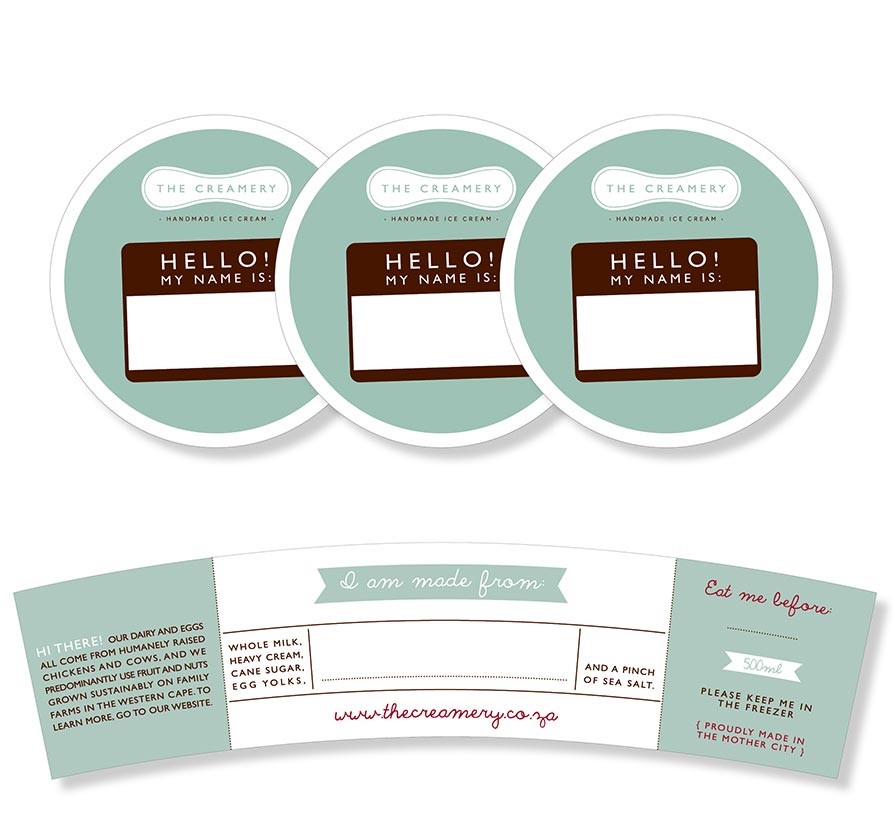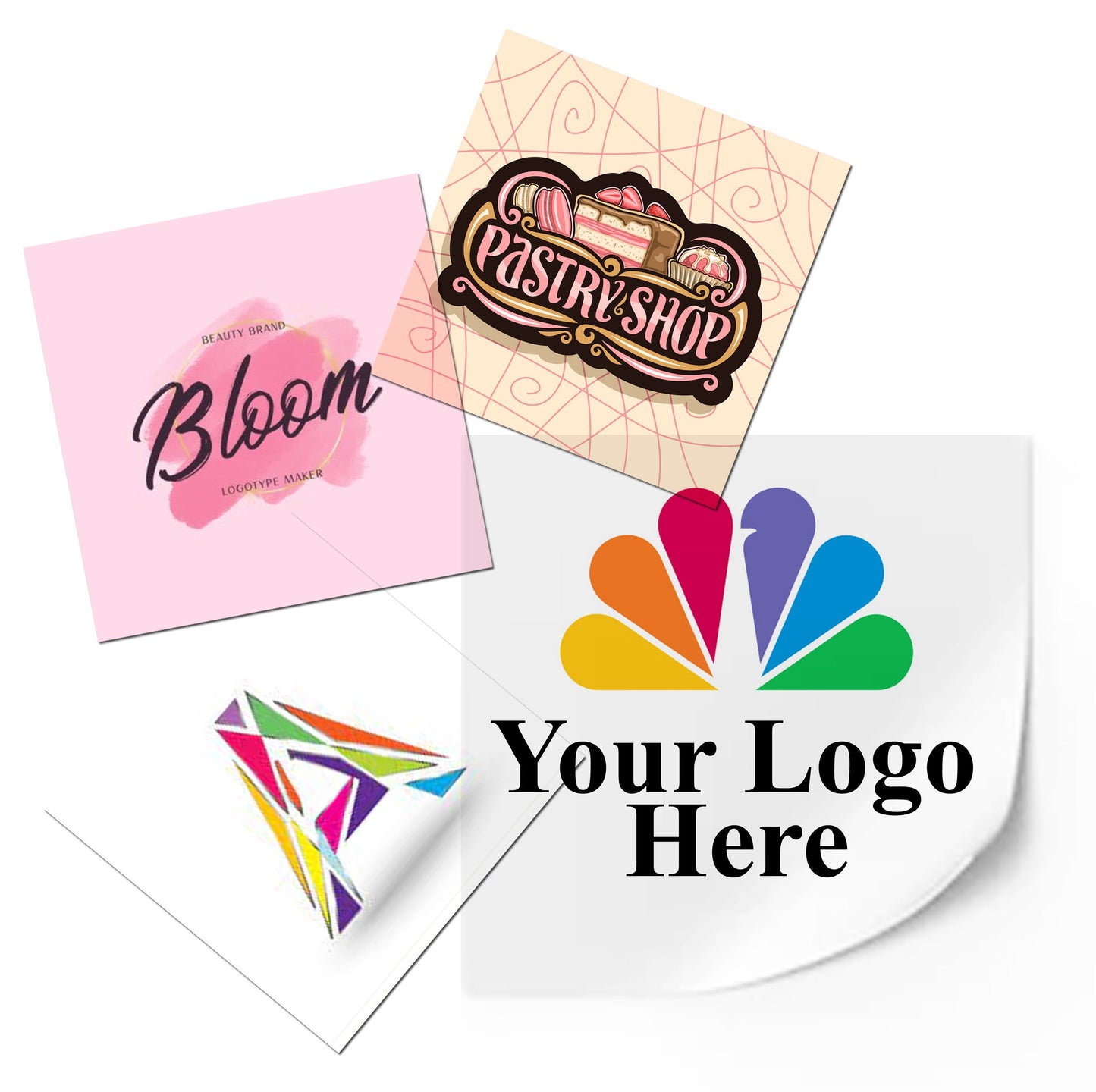Wireless barcode printers offering convenience.
Discover the Versatility of Full-Colour Labels: Kinds and Uses for Your Company Demands
In today's open market, full-colour tags supply a compelling method for services to distinguish their items. These versatile tools, readily available in different kinds, offer themselves to varied applications-- from boosting item identification to interacting essential information and reinforcing brand identity. As we check out much deeper right into the world of full-colour labels, you will discover their prospective to create long lasting perceptions and drive customer engagement.
Understanding the Basics of Full-Colour Labels
While it may appear straightforward externally, the procedure of developing and printing full-colour tags requires a solid understanding of particular essential concepts. The very first step in the process is to recognize the color model used in printing, which is usually the CMYK (Cyan, Magenta, Yellow, and Secret or Black) This design mixes these 4 colors to produce a large range of colors, which are important in catching the visual essence of a brand.
The following principle involves resolution. The clarity of the label's picture and message depends on the resolution, commonly determined in dots per inch (DPI) The higher the DPI, the much better the print high quality.
Ultimately, the option of substratum, or material on which the tag is published, dramatically affects the final item. Various materials absorb ink differently, influencing the vibrancy and durability of the tag. Comprehending these concepts can aid organizations generate reliable, top quality full-colour labels.
Checking Out the Different Kinds Of Full-Colour Labels
Progressing, the focus changes to the varied range of full-colour labels available in today's market. This assortment not just differs in kind and product but also in their details applications in different company sectors. Understanding these variants can dramatically boost the performance of their use, therefore maximizing business procedures.
Full-Colour Tag Selections
Diving into the world of full-colour tags, one finds a varied variety of kinds, each offering distinct advantages. These include vinyl tags, understood for their longevity and water resistance, excellent for products subjected to extreme problems. Polyester labels, on the other hand, are heat and chemical resistant, making them excellent for electronic gadgets or laboratory tools. For a more natural allure, paper-based labels are utilized, understood for their printability and cost-effectiveness. Shiny labels offer an attractive sheen, boosting the colour vibrancy and making the item stand out. Clear tags offer a minimal, modern-day appearance, letting the product beam through. Each kind satisfies different business demands, giving flexibility and functionality in branding and product recognition.

Practical Organization Applications
In the realm of service, full-colour labels locate myriad useful applications. They are critical in product identification, providing an aesthetically attractive method to communicate important info. This consists of item specs, branding aspects, and use directions. Organizations in the food and drink field, for instance, utilize these tags to communicate dietary facts, active ingredients and expiry days. In retail, colourful tags boost product aesthetic, bring in customer interest and promote decision-making.
Furthermore, full-colour tags act as marketing devices, enhancing brand identity and boosting visibility in crowded industries. They can likewise be utilized in operational jobs, aiding in supply control and process organization. Evidently, the flexible nature of full-colour labels makes them important in varied company contexts.
Advantages of Using Full-Colour Labels for Your Service
Using the power of full-colour labels can dramatically boost an organization's brand picture. blank labels. These labels use a visually impactful and very reliable method to interact the essence of a brand name, making it more remarkable and attracting to consumers. They accentuate items, making them stick out on store shelves in the middle of a sea of competitors
Full-colour labels additionally make it possible for organizations to convey in-depth details in a visually attractive manner. From ingredient listings to use guidelines, the dynamic colours and high-resolution printing ability of these tags make sure that every piece of info is plainly noticeable and quickly readable.
Moreover, full-colour tags supply a level of personalization that is unrivaled. Organizations can take advantage of this to show their one-of-a-kind brand personality and values, cultivating a much deeper connection with their target market. In essence, full-colour tags are not just advertising and marketing tools but also effective branding assets that can substantially add to a business's success.
Practical Applications of Full-Colour Labels in Numerous Industries
The usefulness of full-colour labels encompasses various industries, each harnessing their potential in one-of-a-kind ways. From enhancing retail product visibility to their essential duty in food packaging, these tags prove crucial. Even in the automotive market, full-colour tags discover substantial utility, demonstrating their wide commercial applicability.
Enhancing Retail Item Visibility
While many services grapple with the obstacle of making their items stand apart on crowded retail shelves, full-colour tags supply an effective remedy. Beyond simply conveying product information, these labels serve as aesthetic magnets that draw in and mesmerize consumers. Retail markets, from fashion to electronics, can utilize such tags to differentiate their products and enhance presence. Full-colour tags, with their lively hues and crisp graphics, can mirror brand identity, highlighting the unique marketing proposal. They can additionally highlight key item features, prompting spontaneous acquisition choices. Additionally, full-colour tags can be used for marketing functions, highlighting discount rates or special deals. In this visually-driven retail atmosphere, full-colour labels serve as quiet yet influential salesmans, guiding consumer interest and affecting purchasing behavior.
Labels in Food Product Packaging
In the world of food product packaging, full-colour tags have sculpted a specific niche for themselves as a result of their practical and visual appeal. They offer a twin objective of attracting consumers with their dynamic colours and providing important information concerning the food thing. These tags often include nutritional information, active ingredients, allergen warnings, and expiry dates. They have actually ended up being important in brand name acknowledgment, assisting items stand out on crowded grocery store shelves. From small artisanal producers to large multinational corporations, businesses find out here take advantage of the capacity of full-colour tags in food packaging to connect their brand name values and enhance their item's bankability. Therefore, full-colour tags play an important duty in food product packaging, bridging the void between functional requirement and advertising technique.
Automotive Sector Tag Utilizes

From an advertising and marketing viewpoint, automotive organizations utilize full-colour tags to enhance brand name recognition and share item details. Whether it's the logo design on a car's bumper or the solution guidelines inside the hood, full-colour labels provide an aesthetic appeal that boosts customer experience, ultimately cultivating brand loyalty.

Steps to Style Effective Full-Colour Labels
Crafting efficient full-colour labels requires a strategic approach. The design procedure begins with a clear understanding of the brand name message and target audience. Understanding what appeals to the target market influences the choice of colours and graphics made use of.
Following, consider the product. The label needs to match the product yet additionally stand apart enough to draw in attention. Balance is crucial here; an excessively elaborate design can puzzle and prevent prospective clients, while a too simple style may not properly interact the brand's top quality.
Typography additionally plays an important duty. Choose typefaces that are clear, even at little sizes, and that straighten with the brand's individuality.
Ultimately, ensure the tag's info like it is precise and compliant with regulations (barcode printers). This consists of required details like components or directions, yet likewise branding elements like logo designs and taglines
Efficiently developed full-colour labels can significantly boost a product's bankability, making them an essential tool for companies.
Instance Studies: Successful Brands Utilizing Full-Colour Labels
While there are countless brands utilizing full-colour labels, a few stand out for their phenomenal layout and tactical usage. Coca-Cola, for instance, has long been recognized for their vivid red tags, which immediately draw the eye and make their item easily identifiable. Their use full-colour labels not only improves their branding however also interest consumers' feelings, developing a sense of familiarity and trust.
In a similar way, M&M's makes use of full-colour tags to separate their item variations. Their vibrant and brilliant tags are not just cosmetically pleasing however also offer a practical objective, enabling Discover More Here clients to quickly compare various flavors.
Finally, the craft beer sector, particularly brands like Brewdog and Stone Developing, heavily rely upon full-colour labels. These brand names utilize the creative possibility of full-colour tags to convey their unique brand identities, standing out in a jampacked market. These instances exhibit just how full-colour tags can be tactically utilized to enhance brand name recognition and customer charm.
Conclusion
In conclusion, full-colour tags are functional tools that provide to a wide array of business demands. With effective design, these tags can considerably influence consumer focus and add to brand name identification, as confirmed by several effective brand names.